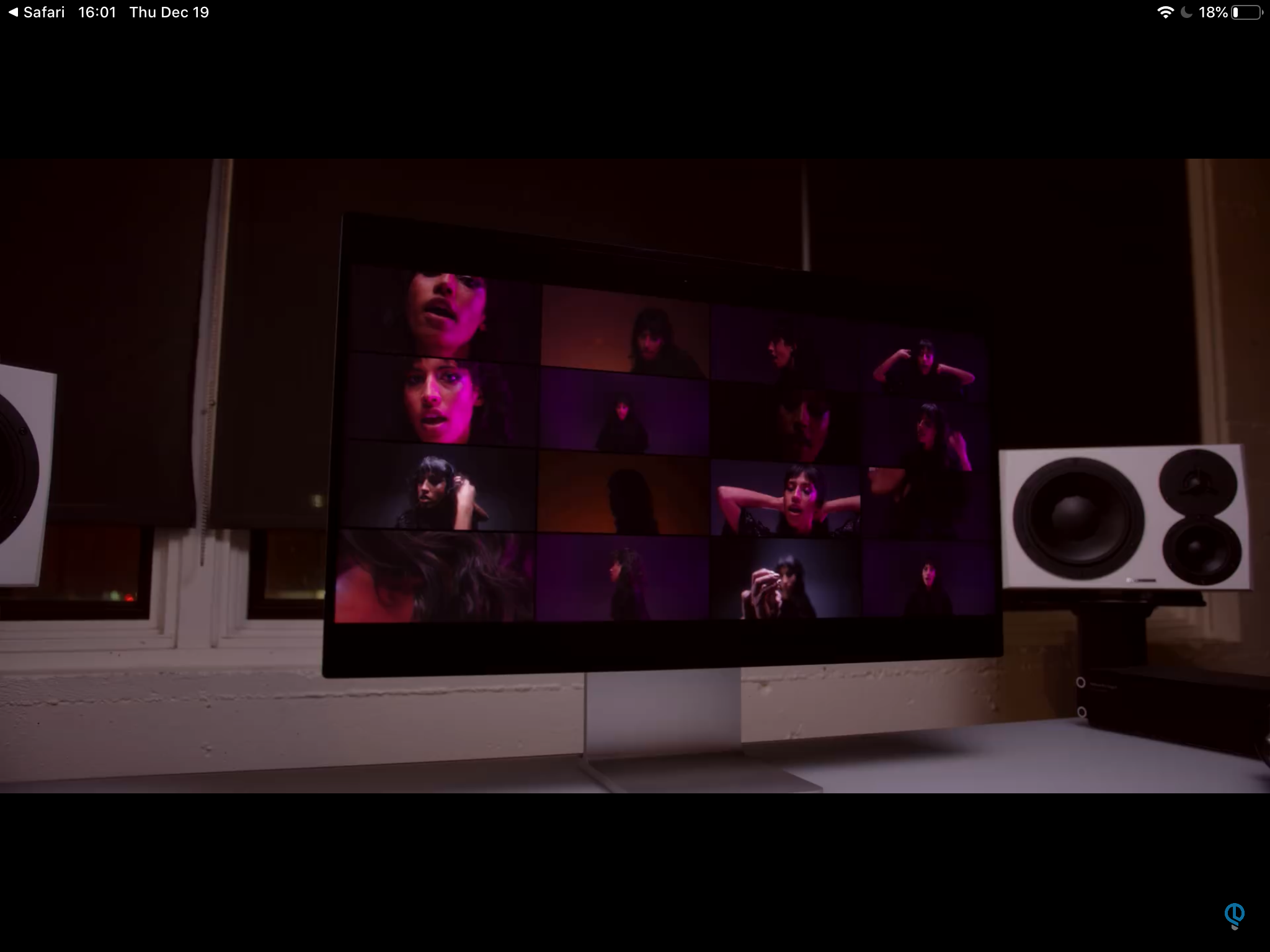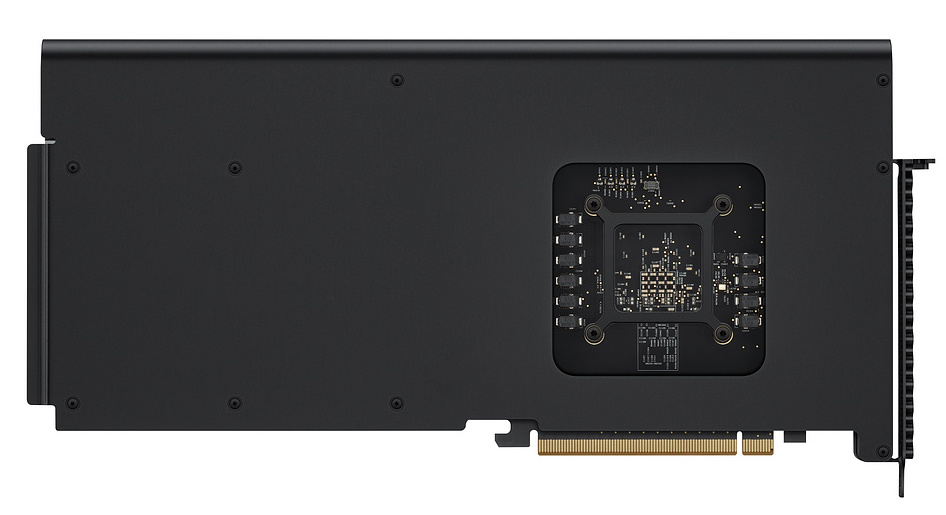The base Mac Pro with Afterburner card is amazingly powerful — and it’s only $7K
An extra $2,000 will save professionals tens of thousands

You don’t need to spend $45,000 to get truly unbelievable video processing power out of the Mac Pro. In fact, you only need to add a $2,000 Apple Afterburner Accelerator Card to the base $6,000 price. This thing is really one of the most amazing things I’ve ever seen.
YouTuber and video professional Jonathan Morrison got the basic Mac pro with Afterburner and tested it with a multi-cam project, first with nine, then 15 streams of 4.5K video using the Pro Res 4444 XQ video codec — basically the highest quality you can get on video editing. And then he went even further, creating a 8K timeline and a 16K timeline.
And he says in this video demonstration that what he experienced blew his mind.
Why is this amazing?
Creating high end 3D animation and UltraHD video editing are perhaps the two most taxing tasks any creative professional can do on a computer — especially the former, which can really slow down any machine to a crawl as you add video streams or increase the resolution from 4K to 8K.
That’s why most people edit low res proxy footage, which gets replaced with the 8K material when you are done with editing and want to render the video.
There are drawbacks to doing this. You miss details, and the process requires extra steps, which can be especially frustrating when you have to render video every time you need to see an edit. This can take quite a few minutes, which can add to hours, days and weeks over the course of a year. Nice for coffee breaks, but not so nice for the bottom line or the creative flow.
That’s why working natively with raw material in the highest quality possible is not only preferable but something can save tens of thousands of dollars — and the editor’s sanity. So it's the holy grail for video and film editors.
Sign up to get the BEST of Tom's Guide direct to your inbox.
Get instant access to breaking news, the hottest reviews, great deals and helpful tips.
And that’s exactly what the Afterburner Accelerator card provides.

What’s Afterburner?
The Afterburner Accelerator card is basically a dedicated card designed to handle video at extremely high speeds. It offloads video processing at the highest bitrates from the computer’s CPUs and graphic cards by routing the raw footage through processors especially designed to take care of it — which Apple calls Field Programmable Gate Arrays.
By offloading video processing, an Afterburner card installed in a Mac Pro’s PCI Express x16 slot will free your graphics card and CPU to handle other things, like applying filters and transitions, which results in a smoother experience overall. It also processes encoding to other formats, once again freeing your CPU and GPUs to do whatever you want as Afterburner churns a final video render for you.
In fact, Morrison showed how powerful the Afterburner card is by removing his Mac Pro’s secondary Vega II card. He also had a CPU monitoring utility to demonstrate that, basically, the Mac Pro’s Intel processors were sitting mostly idle while the Afterburner was churning through 15 x 4.5K video streams.
Co-processing cards are not new. I still remember the old NuBus-based digital signal processing cards that worked with Adobe Photoshop to accelerate various filters and plug-ins. But they were nowhere near as powerful of this $2,000 monster — according to Apple, the card’s million logic cells are capable of processing up to 6.3 billion pixels per second.
There’s another thing that the Afterburner can do, according to Tim Cook’s minions. While right now only Apple apps can take advantage of it — like Final Cut Pro X, Motion, Compressor, and QuickTime Player — other developers can use an API to program Afterburner Accelerator to speed up their software. And that not only includes Adobe and Premiere, but anything that requires this card’s crazy nuts parallel processing power.
Jesus Diaz founded the new Sploid for Gawker Media after seven years working at Gizmodo, where he helmed the lost-in-a-bar iPhone 4 story and wrote old angry man rants, among other things. He's a creative director, screenwriter, and producer at The Magic Sauce, and currently writes for Fast Company and Tom's Guide.


